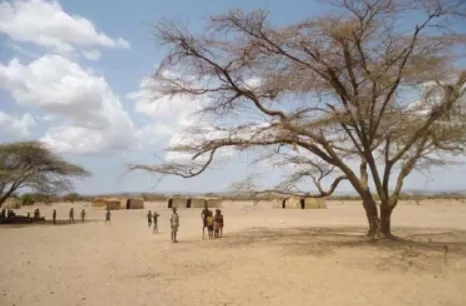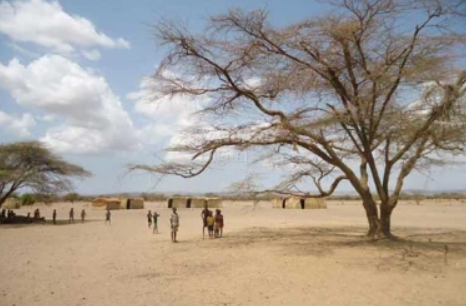
As record heat grips continents across the globe, Kenya is now experiencing unprecedented nighttime warmth, breaking a national milestone. On July 11th, the town of Lodwar, located in the arid northwestern part of the country, recorded an extraordinary minimum temperature of 27.8°C, making it the hottest July night ever recorded in Kenyan history.
This exceptional temperature occurred during what is traditionally considered the cool season in Kenya. July is usually one of the mildest months of the year, especially at night, with average minimums in most regions ranging from 12°C to 18°C. In Lodwar—a region accustomed to heat—the typical July low on record is around 23–24°C, making this new record anomalously high by more than 3°C.
The previous national record for highest July minimum temperature was set just last year in 2024, illustrating a worrying trend of rising overnight temperatures even during Kenya’s cooler months. These rising minimums are a critical metric in climate science, as elevated nighttime temperatures increase heat stress, reduce the body’s ability to recover from daytime heat, and threaten public health, particularly for vulnerable populations.
The intense overnight warmth in Lodwar is attributed to a stagnant hot air mass, reinforced by clear skies, high humidity, and very light winds, all of which limited surface cooling after sunset. Urban heating, soil dryness, and broader regional anomalies may also have contributed.
Meteorologists and climate scientists warn that tropical regions like Kenya are particularly vulnerable to small temperature shifts, as local populations and ecosystems are finely tuned to historical norms. Nighttime heat also impacts livestock, water storage, and energy use, and increases the risk of crop stress, particularly for maize and sorghum in northern counties.
The Lodwar record is not just an isolated event—it is part of a broader pattern of warming across East Africa, where cool seasons are becoming warmer, records are falling more often, and climate variability is intensifying. With more heat expected in the coming days, forecasters urge vigilance and public preparedness.

Illustration picture: https://www.standardmedia.co.ke/mobile/article/2000179238/lodwar-offers-both-the-rough-and-the-smooth


























